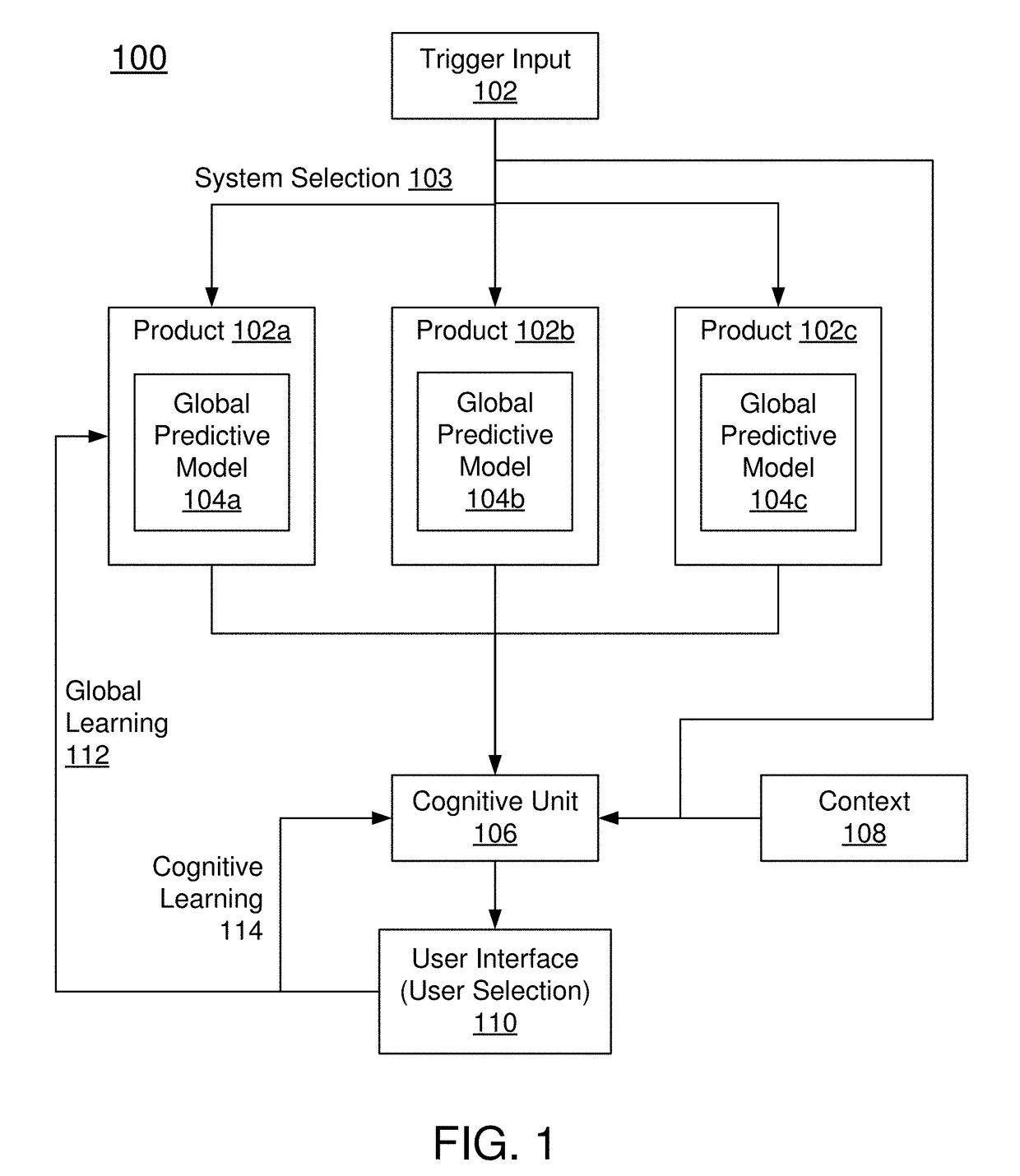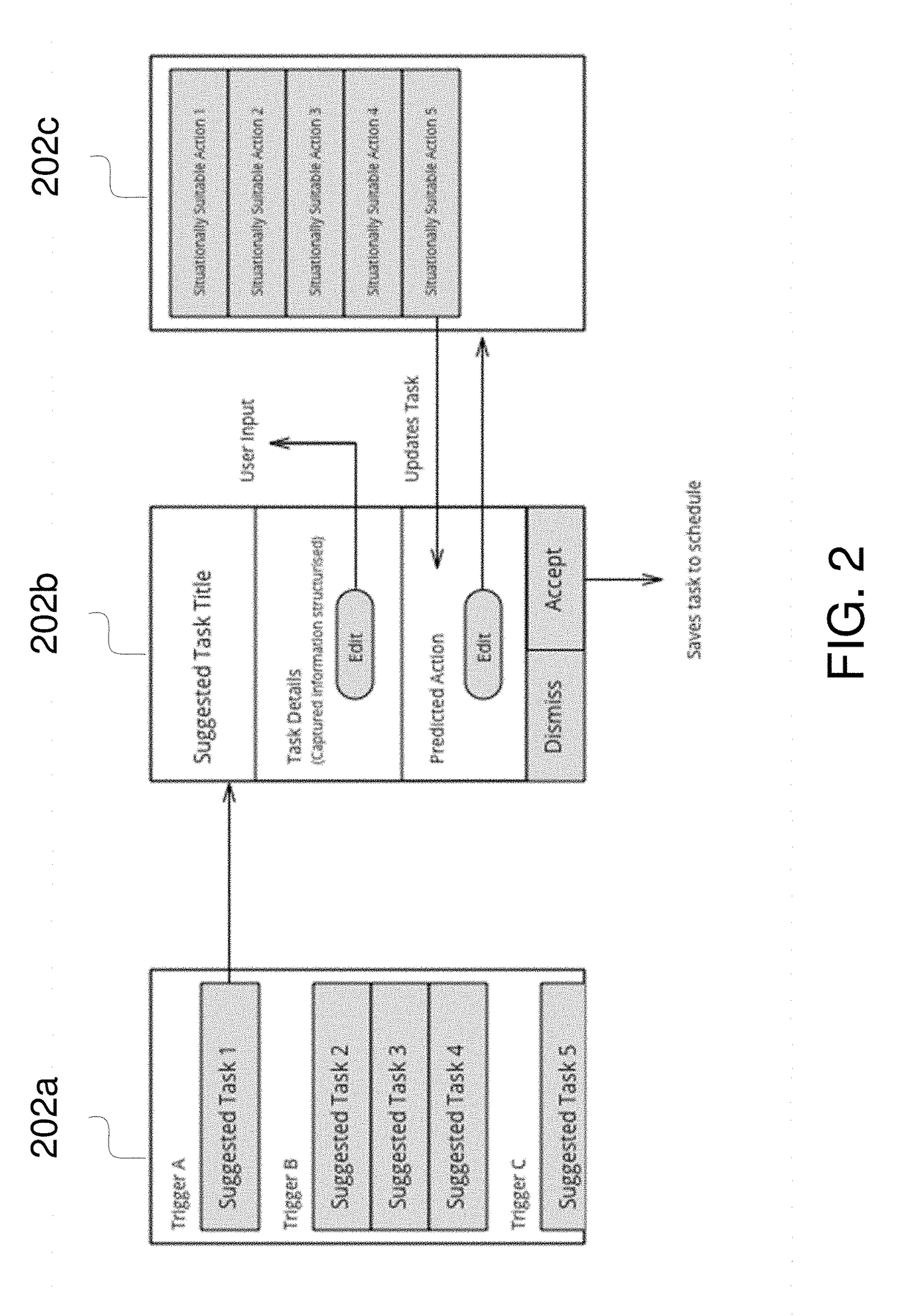Method and system for a user-specific cognitive unit that enhances generic recommendation systems
a cognitive unit and generic recommendation technology, applied in the field of artificial intelligence (ai), can solve the problems of poor performance of prior art ai systems, inability to develop abstract understanding, and inability to recognise this subtle requirement of users, so as to improve cu learning
- Summary
- Abstract
- Description
- Claims
- Application Information
AI Technical Summary
Benefits of technology
Problems solved by technology
Method used
Image
Examples
Embodiment Construction
[0015]Embodiments of the present invention are directed to computer-implemented methods and systems the field of Artificial Intelligence (AI), wherein, the main goal is for a computer system to make decisions in a manner similar to a human thus aiding users in their tasks. In other terms, one of the goals is to emulate human level intelligence. More specifically, embodiments of the present invention leverage a particular area within AI, namely, human-computer interaction (HCI). Embodiments of the present invention are directed to a novel extension to HCI by formulating a system for human-AI interaction (HAII). The system can learn the cognitive processing of humans through observation and feedback and applies the acquired knowledge to refine predictions made by other AIs. In other words, through interaction with humans, the system can observe individual biases and use the individual biases to refine or customise AIs' decisions.
[0016]Embodiments of the present invention makes progres...
PUM
 Login to View More
Login to View More Abstract
Description
Claims
Application Information
 Login to View More
Login to View More - R&D
- Intellectual Property
- Life Sciences
- Materials
- Tech Scout
- Unparalleled Data Quality
- Higher Quality Content
- 60% Fewer Hallucinations
Browse by: Latest US Patents, China's latest patents, Technical Efficacy Thesaurus, Application Domain, Technology Topic, Popular Technical Reports.
© 2025 PatSnap. All rights reserved.Legal|Privacy policy|Modern Slavery Act Transparency Statement|Sitemap|About US| Contact US: help@patsnap.com



